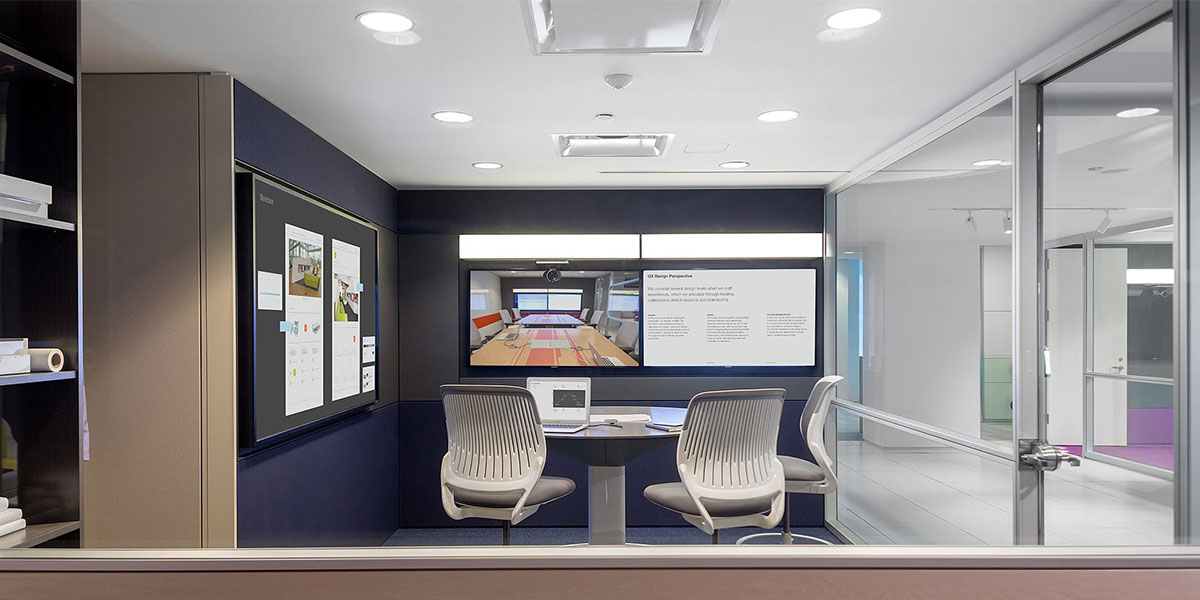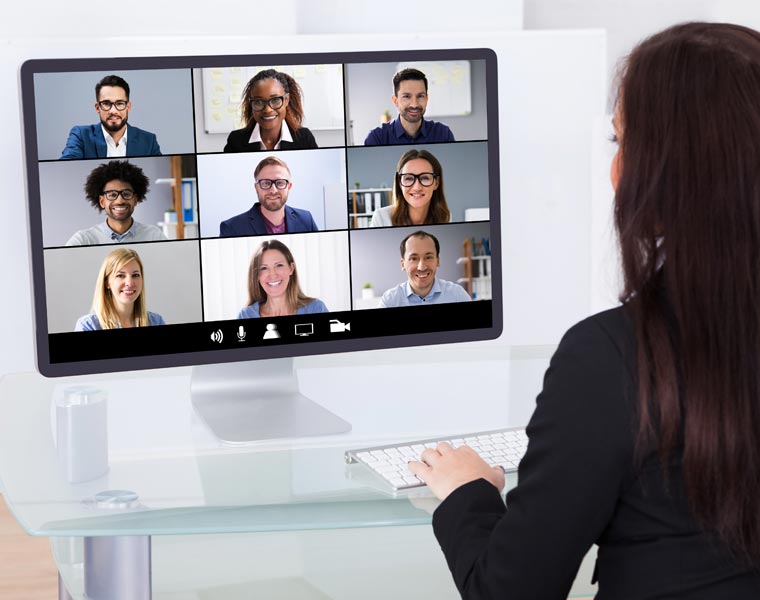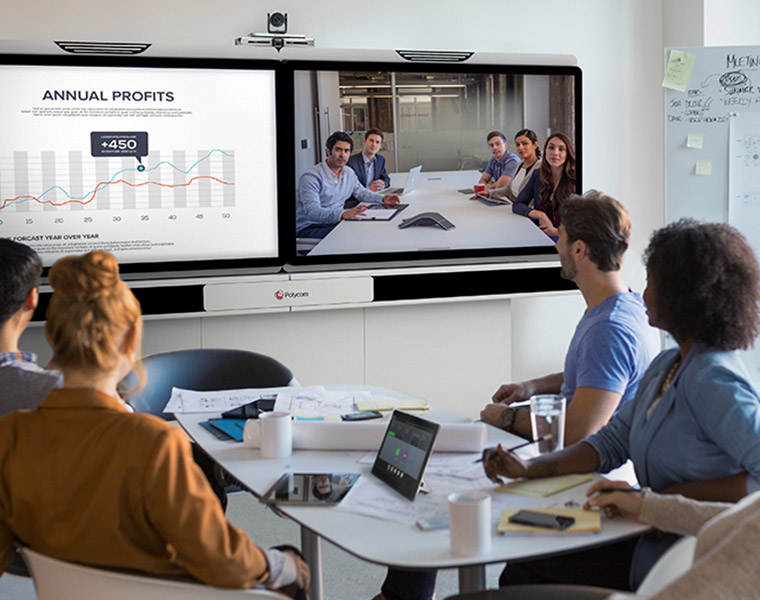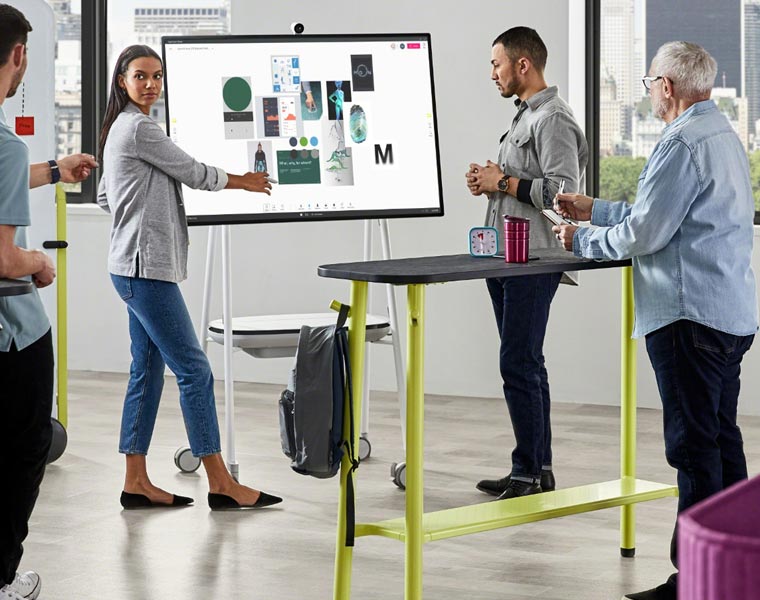Back in March, as the beginning of the COVID pandemic unfurled, we published a blog post outlining the benefits of video conferencing during the Coronavirus climate. Little did we know that everything we said then would still be ringing so true more than six months later. Since our original article, the working world as we knew it has changed and now video conferencing and media conference technology has become more essential than ever in connecting the modern workforce, today and beyond.
Communication tools such as Zoom and Microsoft Teams have become the unsung heroes of reconnecting employees when they’ve been forced to become physically dispersed. There’s no denying the role that technology like this has played in generating an immediate response and adapting rapidly.
However, in order to cultivate working environments that encourage true collaboration and ongoing communication, we can’t rely on Zoom and Teams forever. Employees are going to need more sophisticated video conferencing resources going forward and now might just be the best time to invest.

Video conferencing is shaping the future of the workplace
Presence disparity, socialisation and disjointed communication are all problems we face with extended periods of remote working and time away from the office. This is something we discussed in a previous article calling retrofitting and COVID-induced refurbishment into question, re-highlighting the vital importance of the physical workspace and face-to-face interaction for things like wellbeing, productivity and retention of talent.
However, we understand that it is important to acknowledge how nomadic working, flexible working and working from home are going to become more commonplace moving forward, and we believe video conferencing will be an integral part of making the transition into the post-pandemic workplace a success.
In this ever-evolving climate, video and media conferencing technology aren’t only going to provide an invaluable resource to the traditional office either. As the workforce stretches beyond convention, employees from a whole plethora of sectors and industries will be able to benefit from this more adaptable and flexible communication tool, from salons and hospitality through to education spaces and extra care facilities.
Why you need video conference technology in your workplace
As you consider your workplace moving forward, and how you might need to adjust and adapt whilst still maintaining the processes which were working well before, consider these benefits when thinking about your video conference and communication resource.
Improved image and audio quality
As we mentioned above, tools such as Zoom and Microsoft Teams have been great and will continue to have their place but for a solution with more longevity, video conferencing technology pips them to the post. Not least because of the improvement in image and audio quality, which both enhance the experience – and therefore participation and engagement – of all involved. Good-quality audio means better communication; high-quality image means more effective interpretation of facial expressions, body language and eye contact – all valuable elements of face-to-face interaction that might otherwise be missed.

You can diversify your teams
The beauty of video conferencing is how it enables you to scale up and shake up your teams, subsequently opening your employees up to new forms of co-working that might otherwise be restricted. Take geographical location for example – when you aren’t limited to a physical meeting space, you can form fully functioning teams from employees in offices or locations around the country, or even the world. This diversification allows you to foster strong, inclusive and holistic teams which cover all bases in terms of collaboration and participation.
Better engagement than audio conferencing
Sometimes a quick phone call is all that is required but other times, a more sophisticated solution will be required. Being able to see participants of a meeting in high-quality image and hear them through high-quality audio is a great way to boost engagement and communication between staff. Other tools such as those mentioned can be frustrating at times, forcing employees to resort to voice-only phone conversations but with great media conference resource in place, this needn’t be the case.




